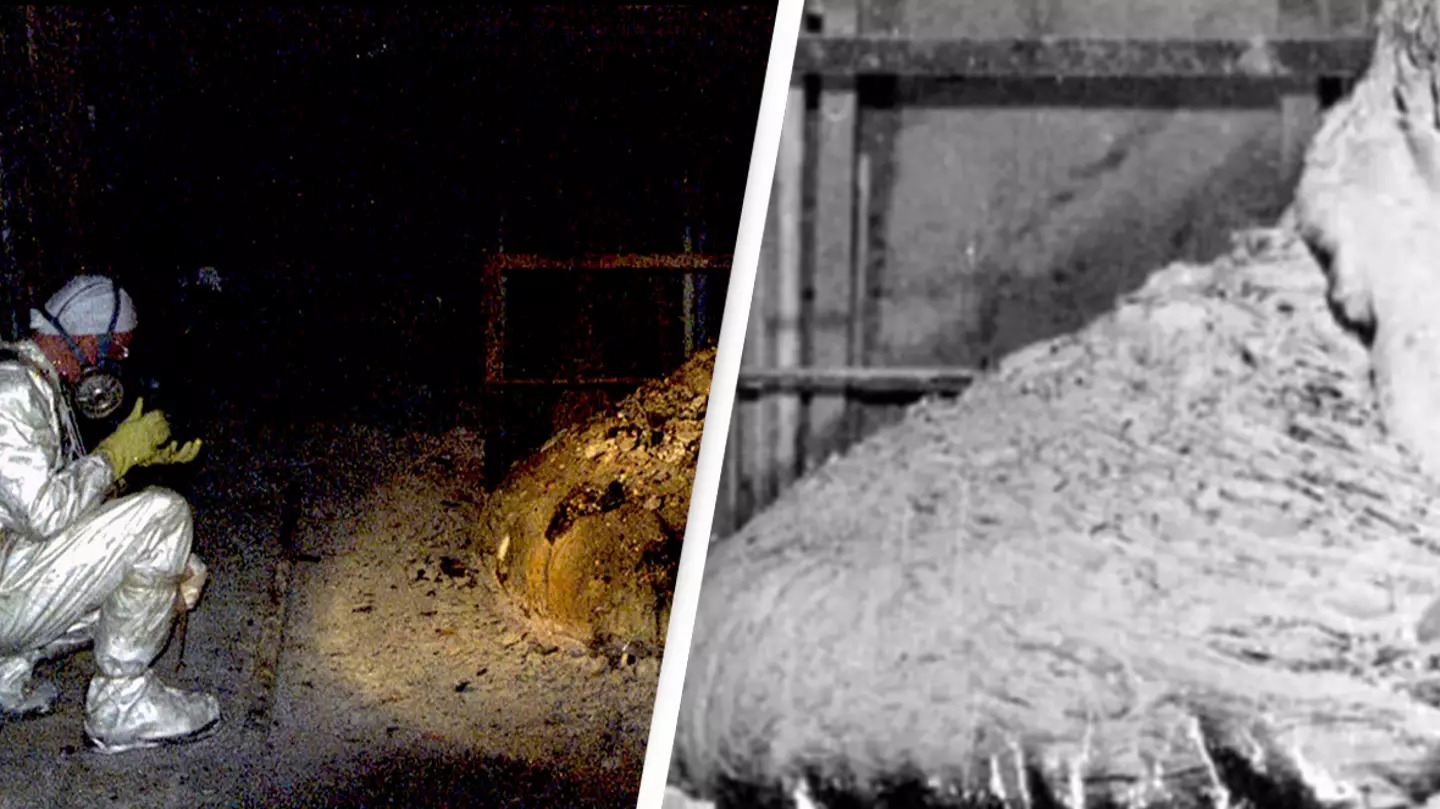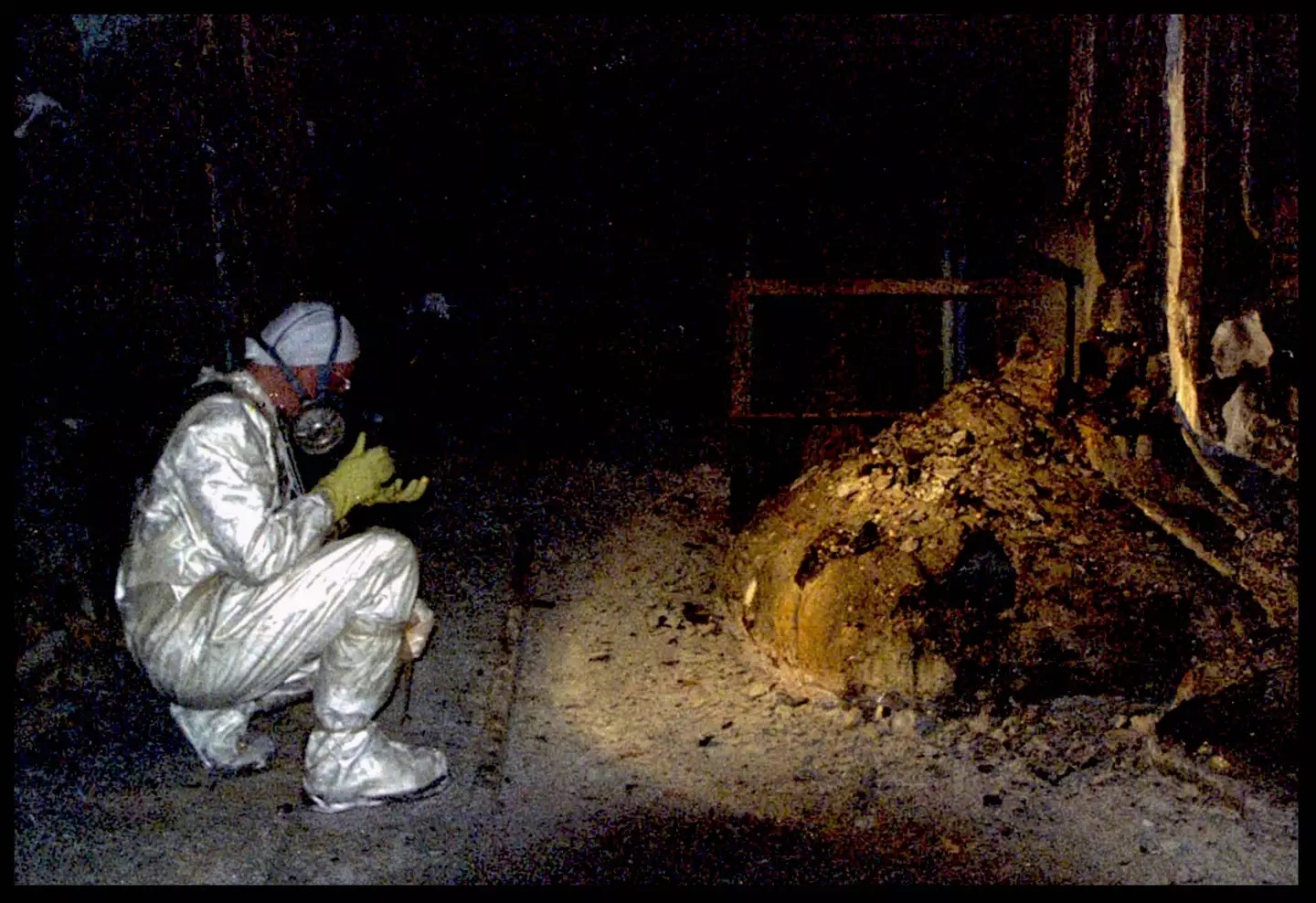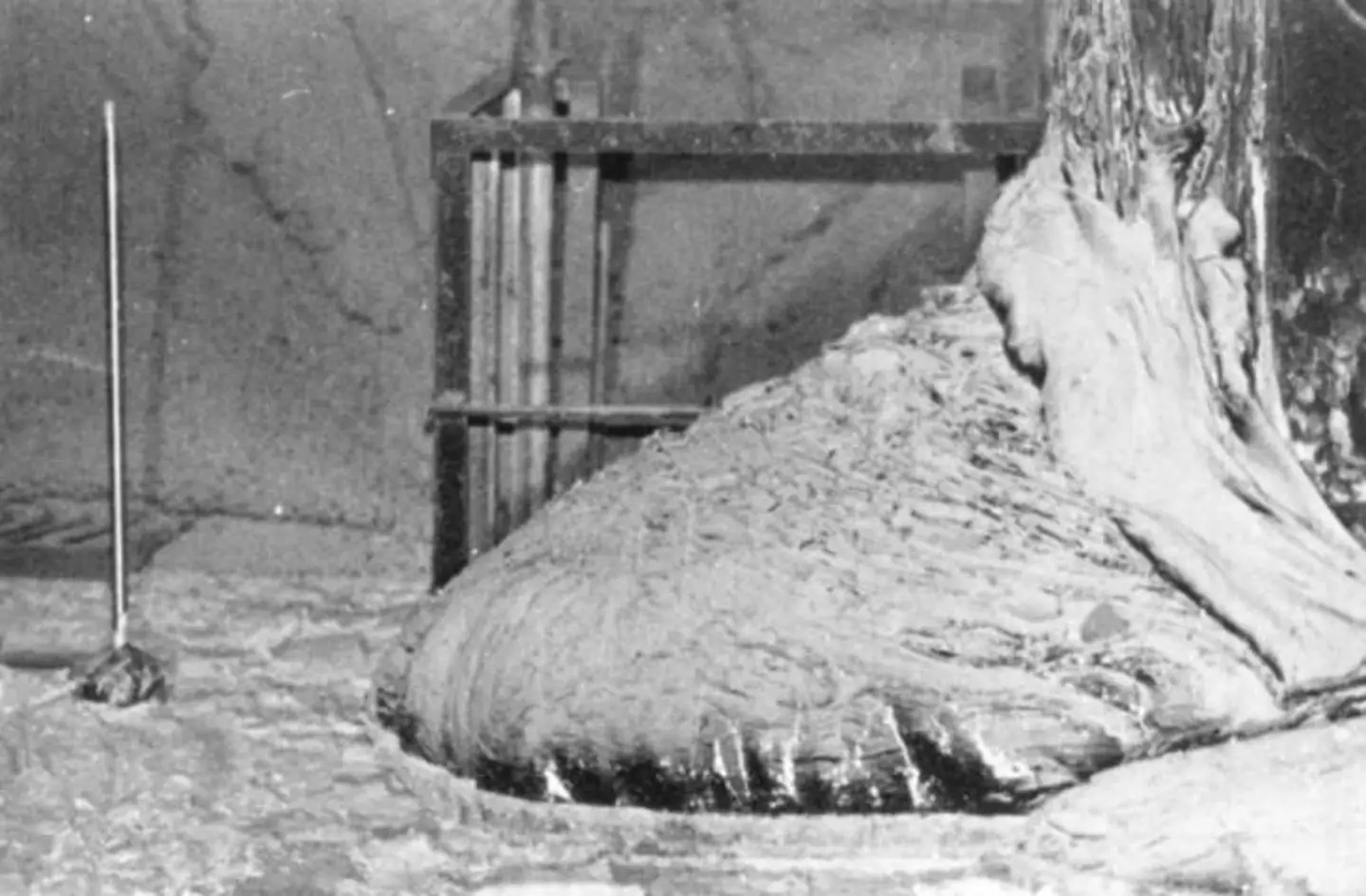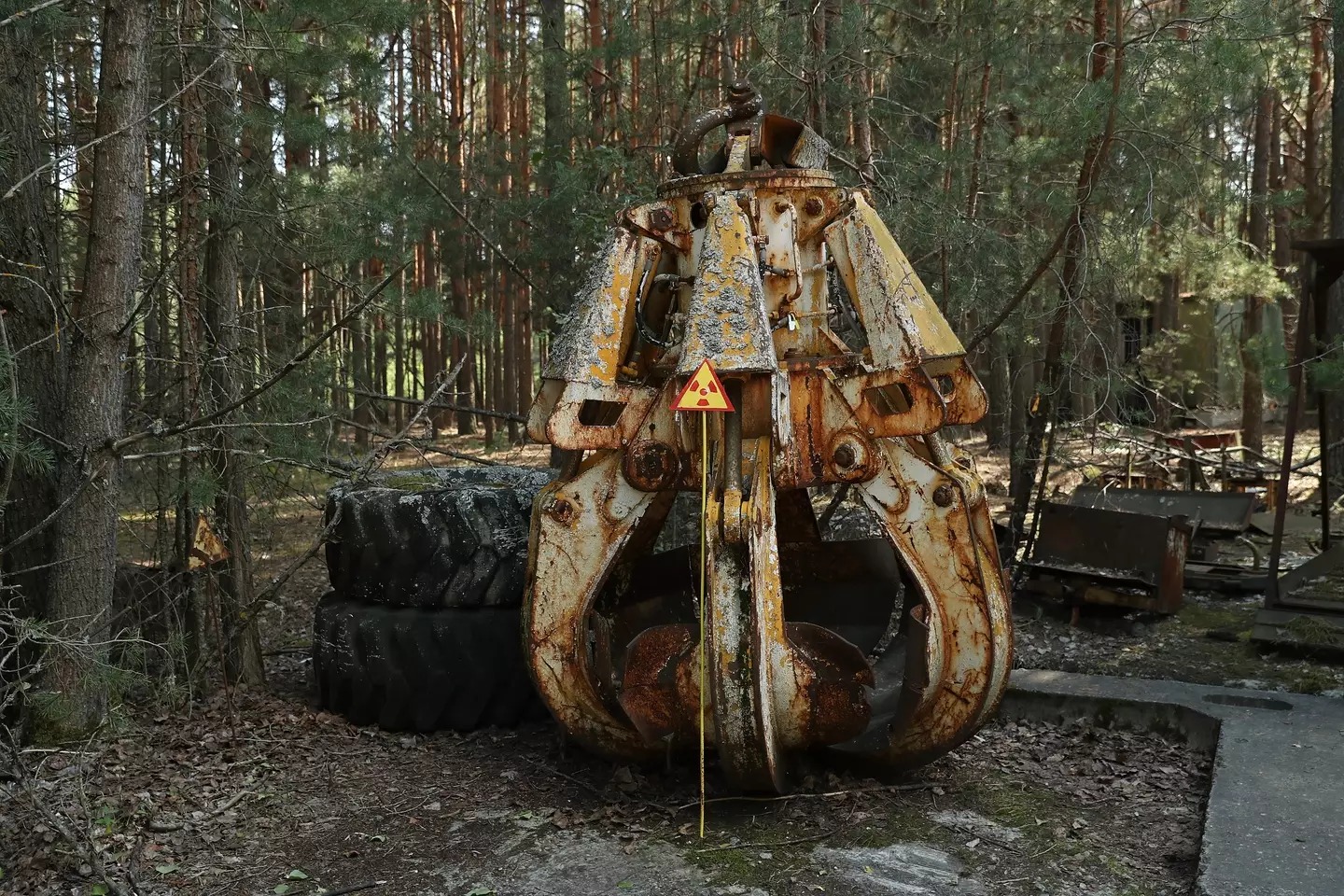The most dangerous object on Earth can kill in just two days.

A shocking picture shows the most dangerous object found on Earth, and it’s something you certainly don’t want to be exposed to.
I think we have probably all conjured up slightly different images when trying to think of the world’s dangerous object, though a lot of us could have predicted where it is found.
And the ‘Elephant’s Foot’ is not to be messed with.
According to science magazine Nautilus, 30 seconds of exposure to the object will mean your cells will begin to hemorrhage.
Stick around for four minutes and you can expect vomiting, diarrhea and fever.
If you spend 300 seconds with the object, you have two days to live.

The object is found in a basement in Pripyat, Ukraine – the home of the Chernobyl nuclear disaster that took place nearly four decades ago.
Since, the room has been referred to as the ‘Elephant’s Foot of Chernobyl’, as the radioactive mass that gathered underneath Chernobyl gave off the facade of the wrinkled foot of an elephant.
Standing at a whopping two metres in length, the ‘foot’ inside of Unit 4 is comprised of concrete, sand and melted nuclear fuel.
Of course, radiation levels have died down over the years, but very much steadily and slowly.
The nuclear fallout was so potent that photos of the molten mass could only be snapped a decade later.
When the below photo was taken, you could spend up to an hour with the object before guaranteeing yourself an early grave.

But back in 1986, radiation levels on the ‘foot’ were measured at 10,000 roentgens per hour – enough to deliver a fatal dose of radiation to anyone standing within three feet of it for 300 seconds.
The scary object found in the basement is reported to remain dangerously radioactive for tens of thousands of years.
While a lot of objects are deemed as dangerous on the Chernobyl site, a claw used to pick up the graphite and material that exploded out of reactor four back in the day is certainly up there.
Abandoned deep in the forest, it’s estimated to produce around 950uSv of radiation a day, and any contact is extremely dangerous.

The claw’s work was very important at the time of the disaster, as explained by Australian archaeologist Robert Maxwell.
Speaking to news.com.au, he said: “The three rooftops alongside the exploded reactor four were, at the time, the most lethally dangerous places on earth.
“One of the rooftops was measuring in the tens of thousands of roentgen, which was the measurement of radioactivity back then.

“When reactor four of Chernobyl exploded, it liberated the lid of the reactor vessel. This 6-10 tonne concrete roof was blown into the air and then landed vertically into the hole. All of the control rods, the graphite, the fuel rods and everything else blew out of the reactor and landed on the rooftops nearby.
“So imagine someone trying to stand on a rooftop that was so radioactive that it could give you such acute radiation sickness that you basically cook yourself and die.
“So this Claw was deeply involved in all the intensely radioactive material as it moved the material back into the core. To say the Claw is highly radioactive and dangerous is not an exaggeration.”












